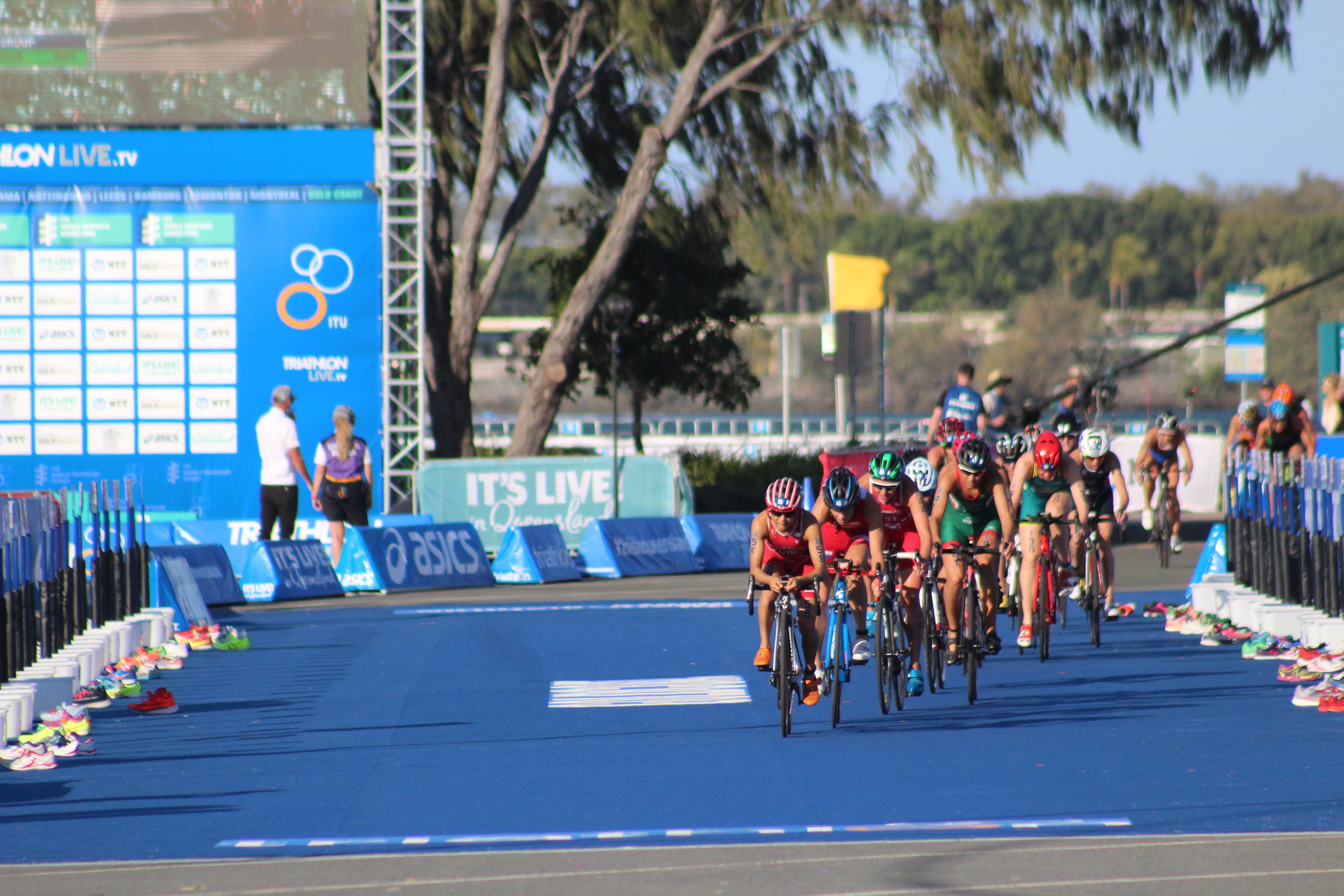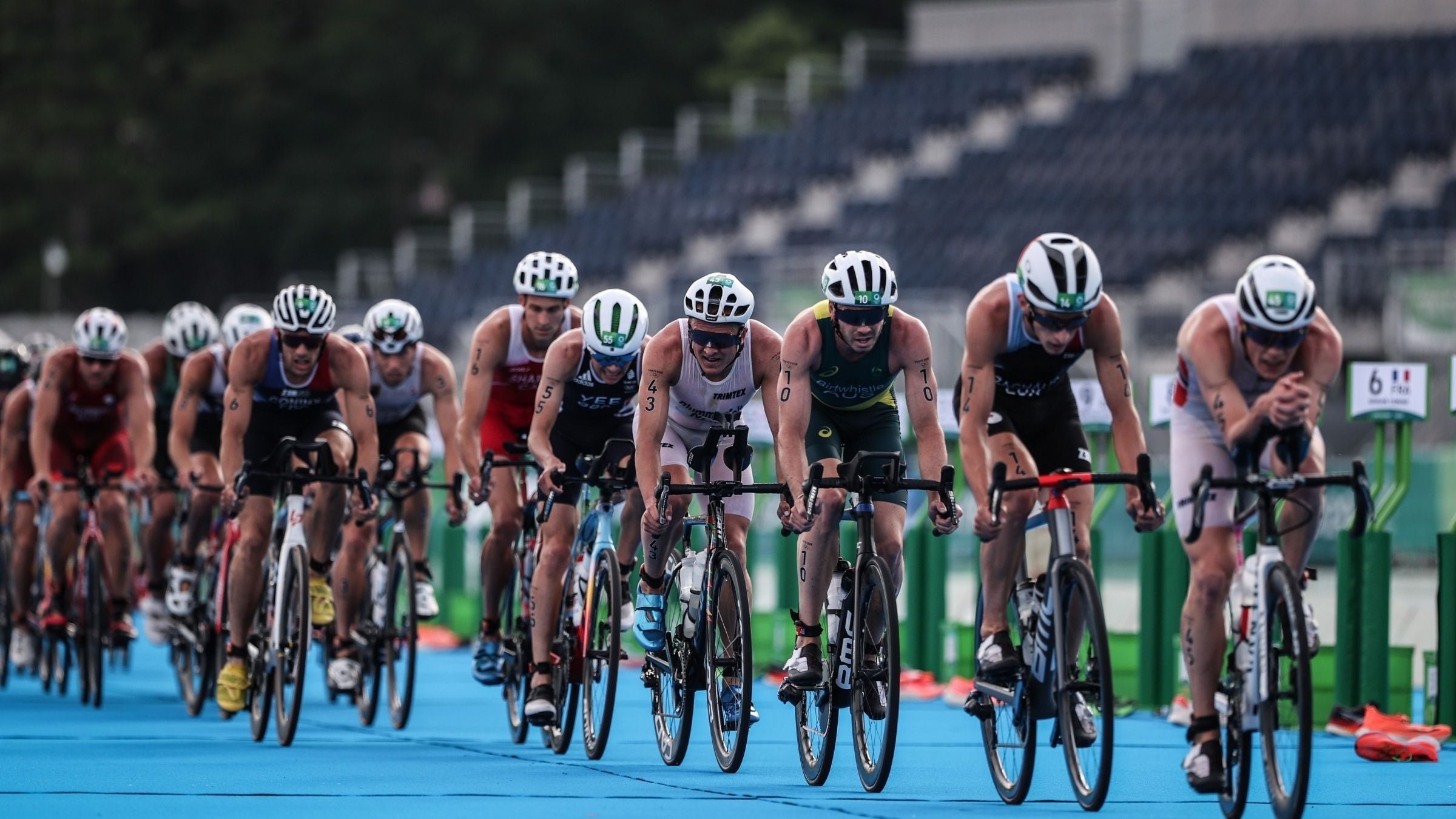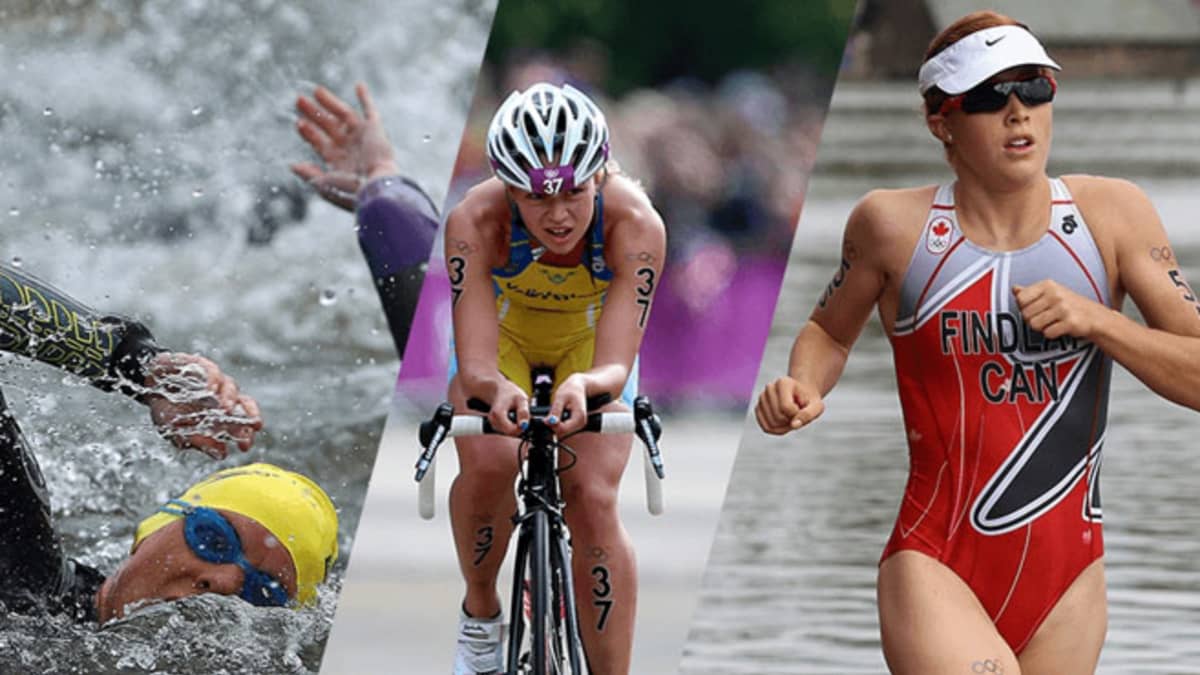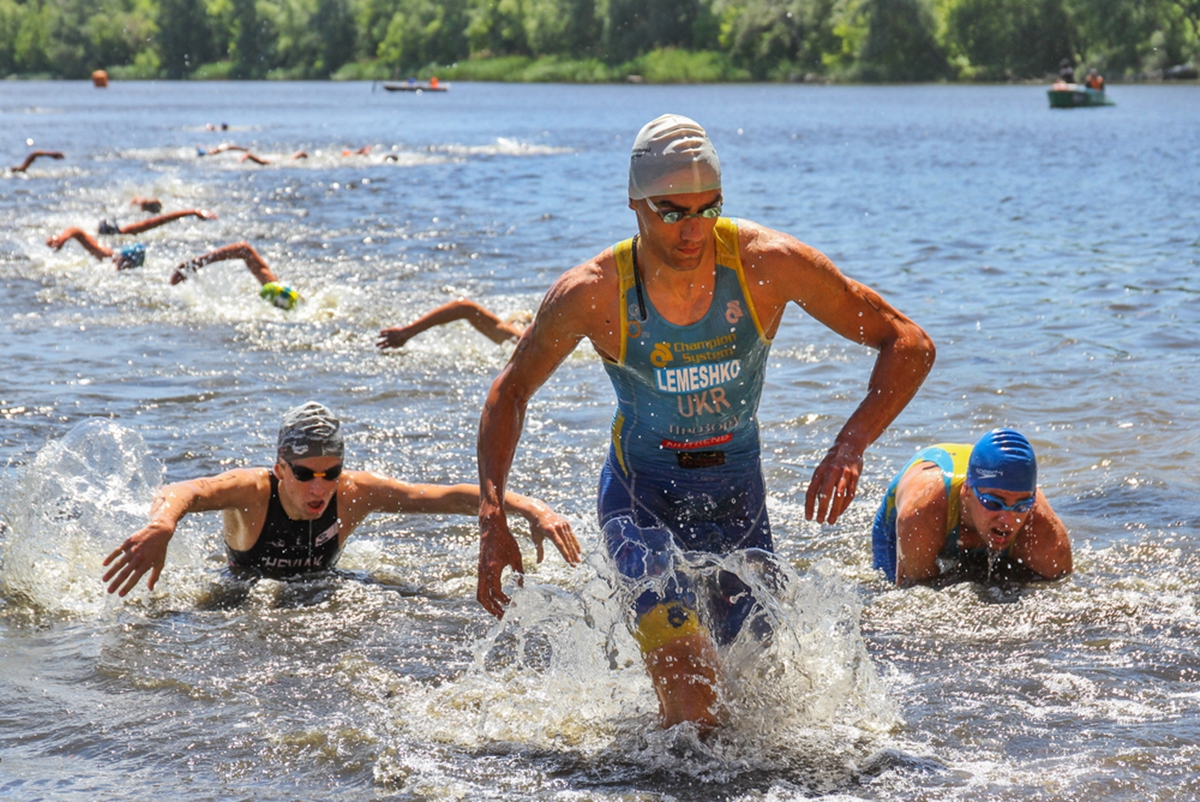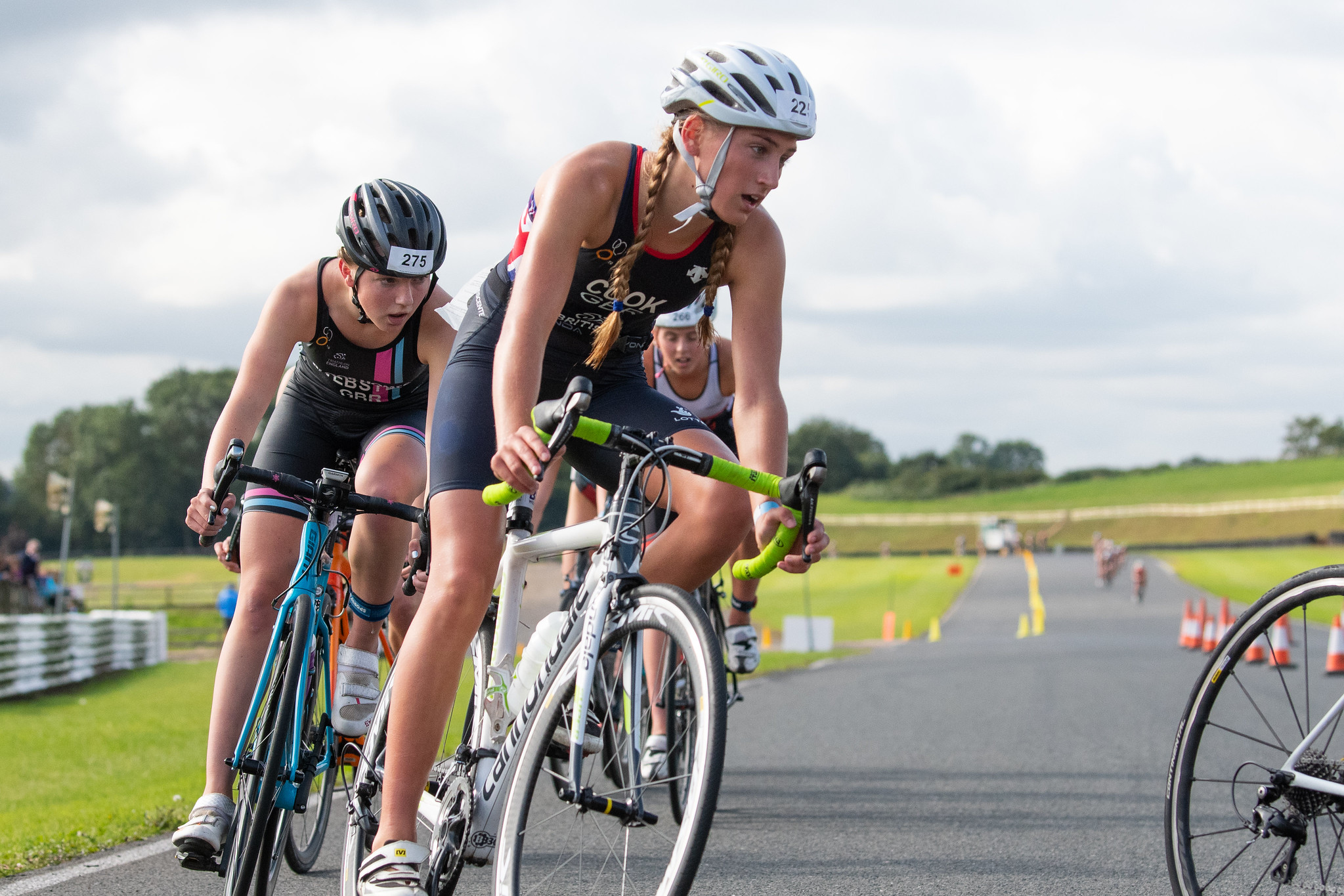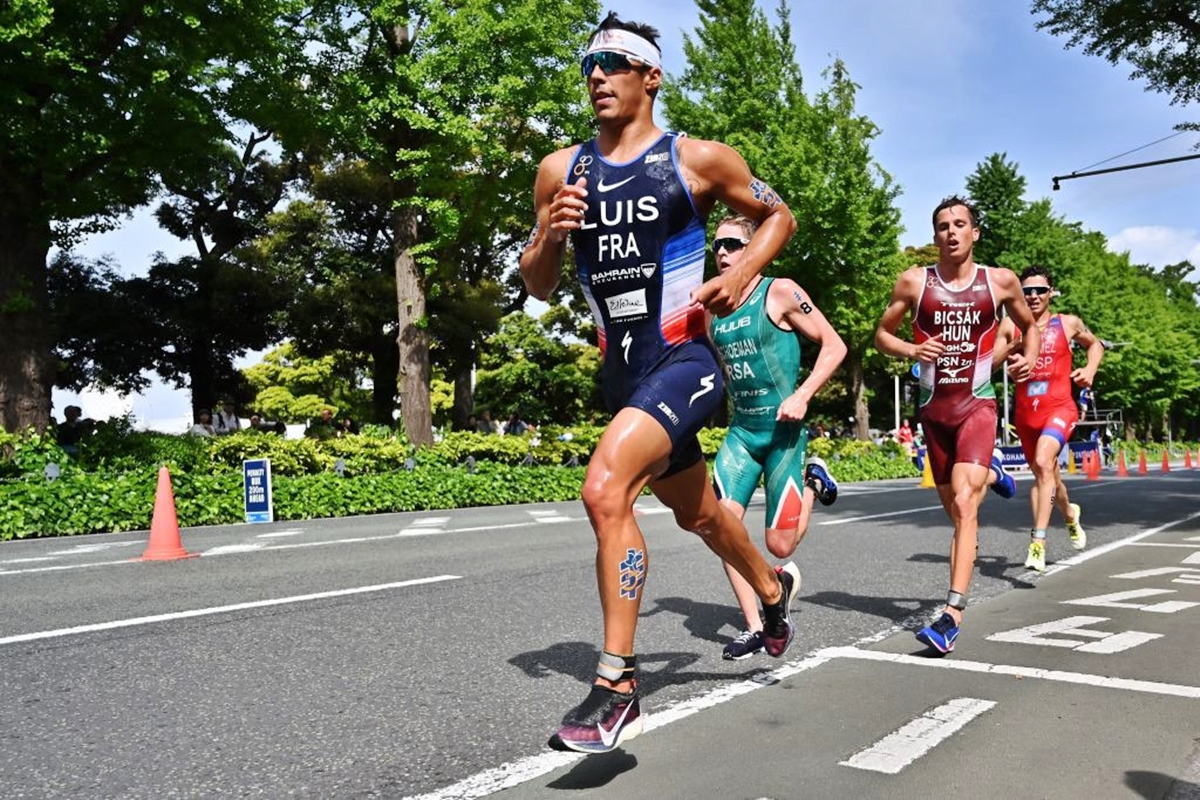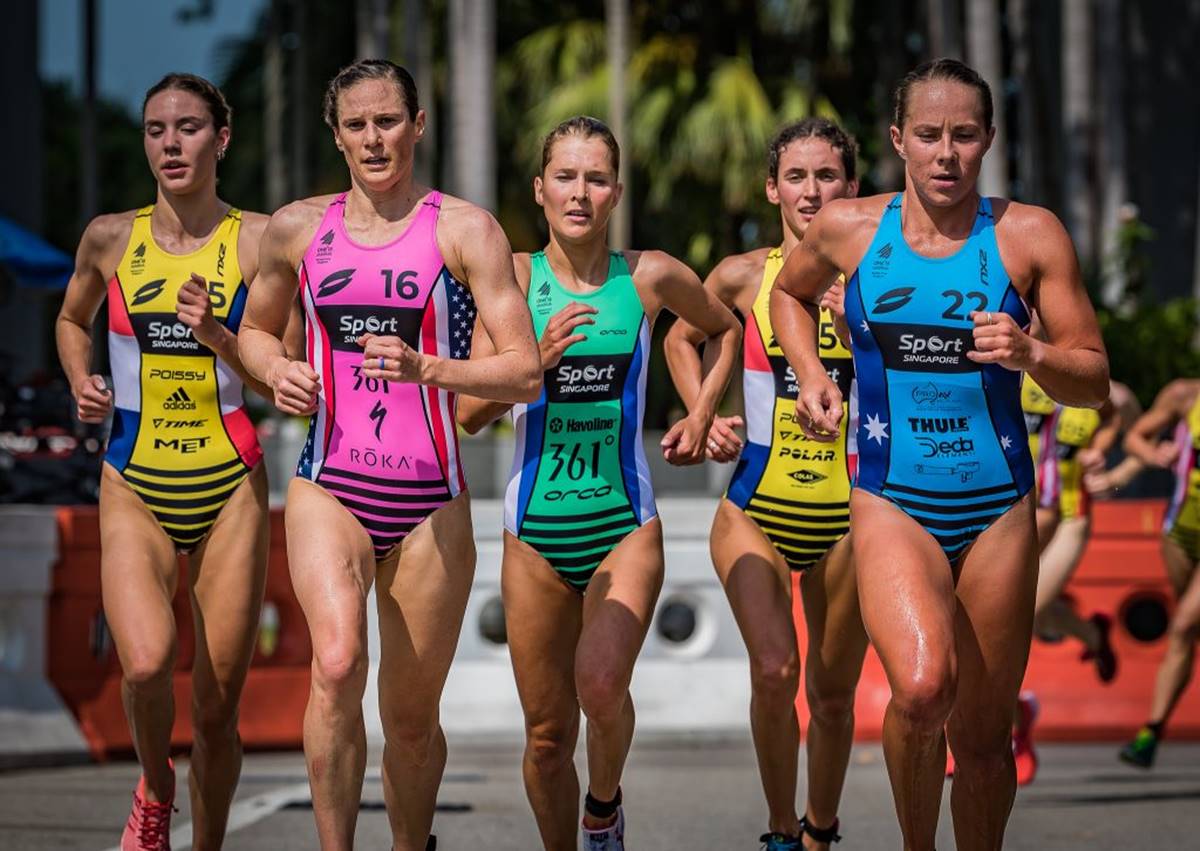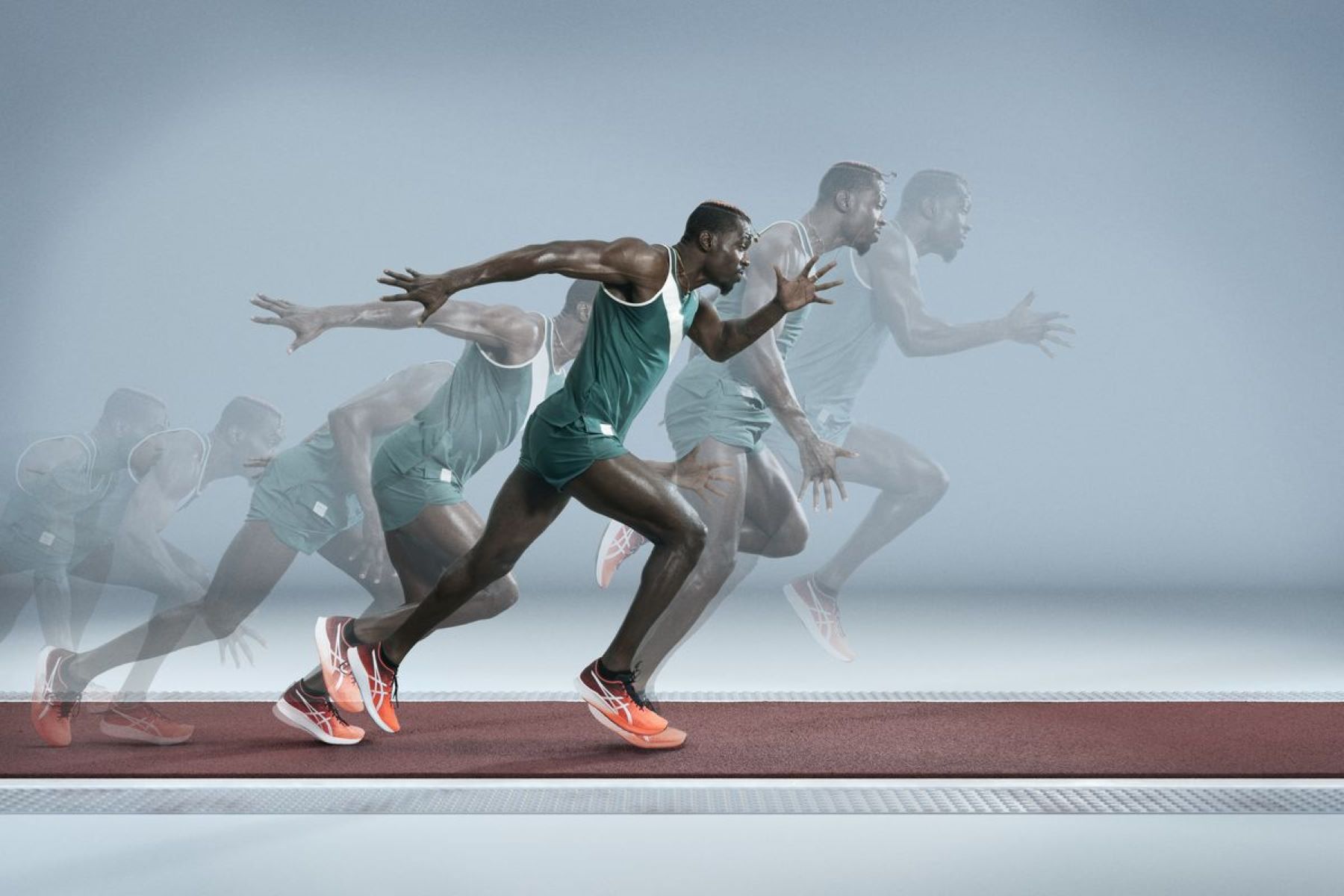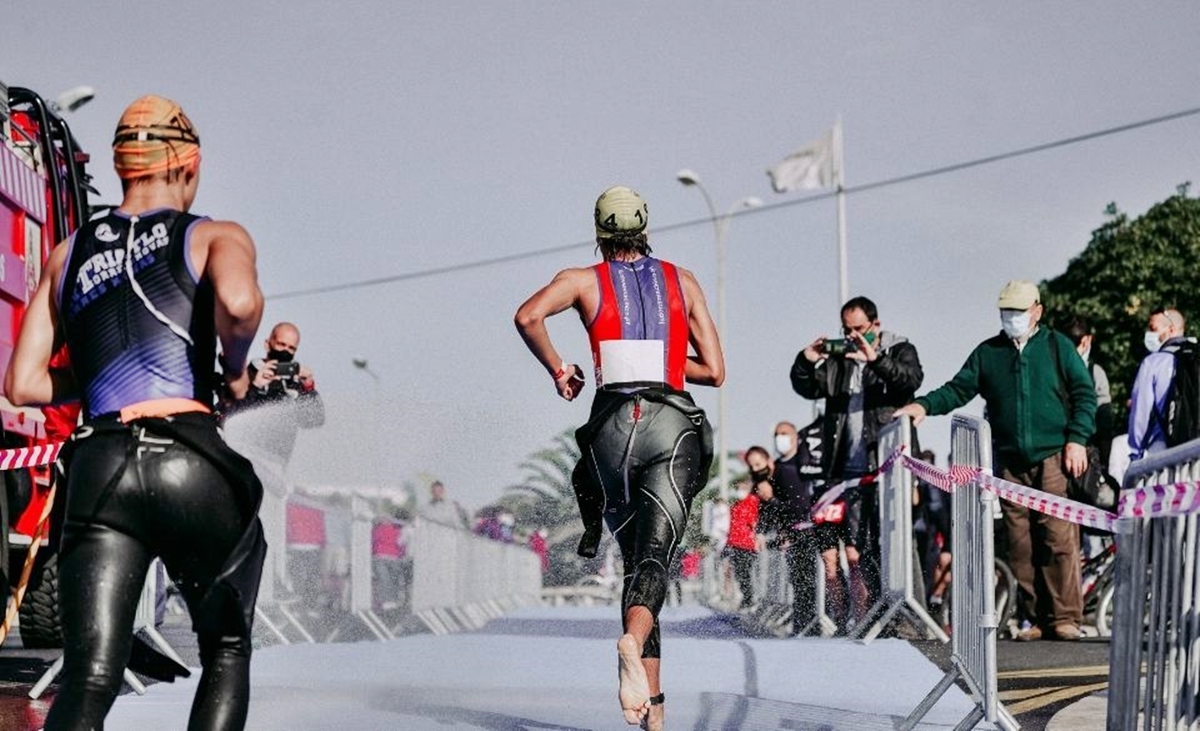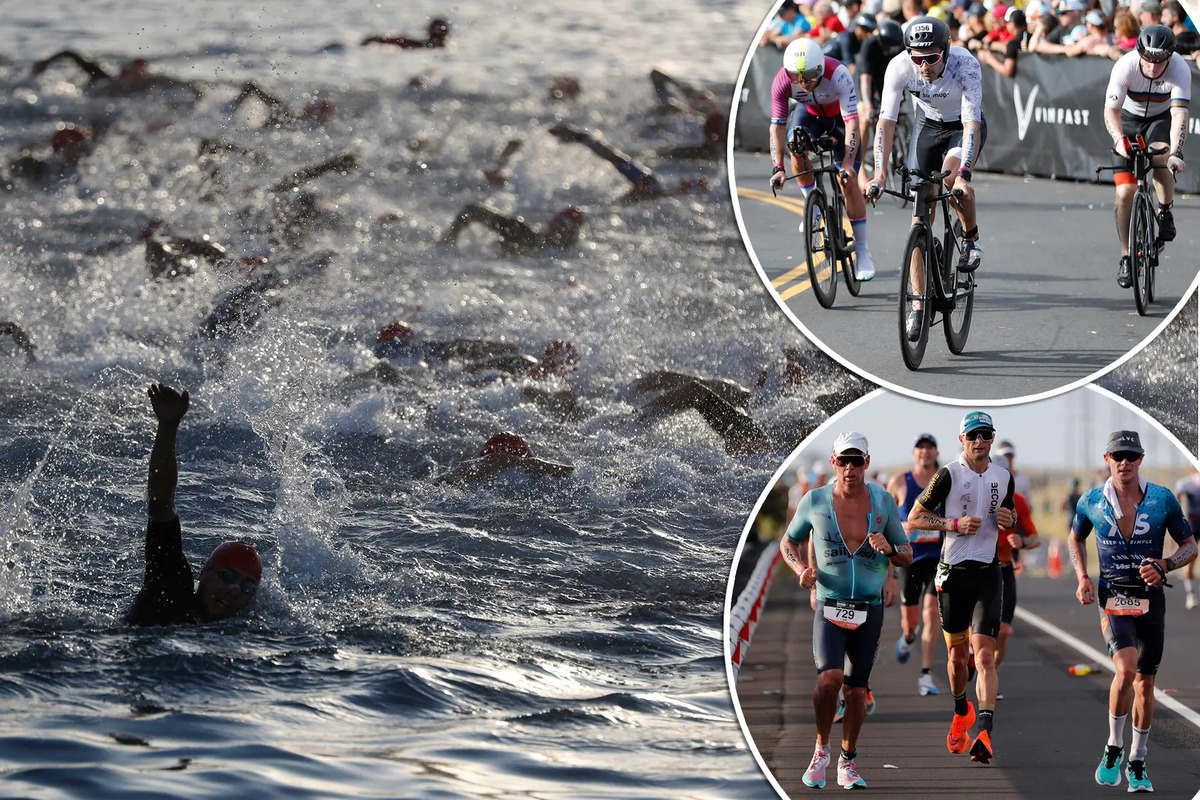Home>Misc>Featured>What Is The Order Of Events In A Triathlon
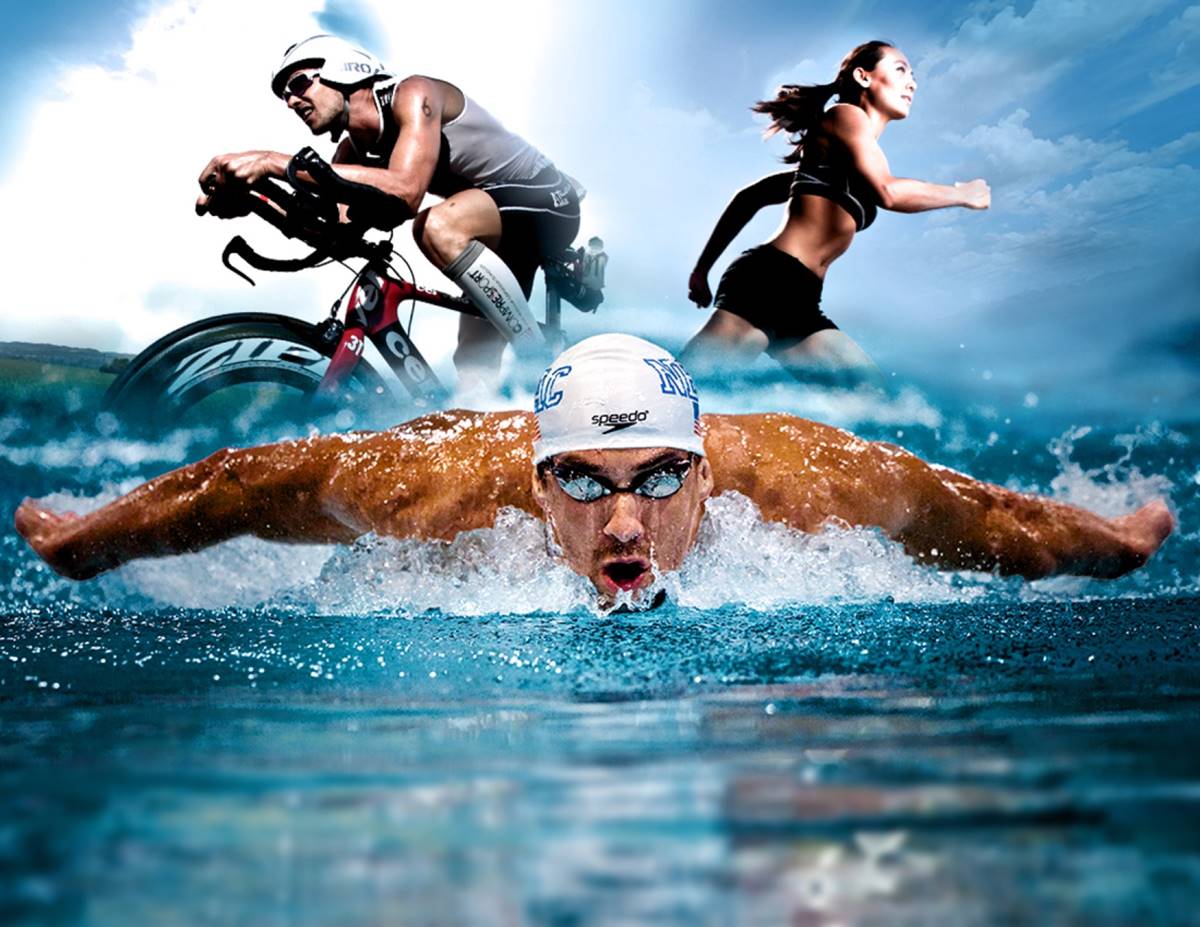

Featured
What Is The Order Of Events In A Triathlon
Modified: January 22, 2024
Discover the order of events in a triathlon, from swimming to cycling and running. Discover how the featured athletes tackle this ultimate endurance challenge.
Introduction
Triathlon is a thrilling and demanding endurance sport that combines three distinct disciplines: swimming, cycling, and running. Athletes from around the world compete in triathlons of various distances, each challenging their physical strength and mental resilience. If you’ve ever watched a triathlon, you may have wondered about the order of events and how athletes smoothly transition between each segment.
In this article, we will explore the order of events in a triathlon and delve into the details of each leg. Whether you’re a beginner triathlete looking to gain insights or simply curious about how these incredible athletes perform, this guide will provide you with a comprehensive understanding of the sequence and dynamics of a triathlon.
Before we dive into the specifics, it’s important to note that while triathlons come in different distances, including sprint, Olympic, and Ironman races, the order of events remains consistent. The standard triathlon distances are a 1.5-kilometer swim, a 40-kilometer bike ride, and a 10-kilometer run.
Now that we have a basic understanding of what a triathlon entails, let’s explore each leg in detail, starting with the swim leg.
Definition of a Triathlon
A triathlon is a multi-sport event that combines three different disciplines: swimming, cycling, and running. It is a true test of endurance and versatility, attracting athletes of all ages and fitness levels. The word “triathlon” itself stems from the Greek words “tri” meaning three and “athlon” meaning contest.
Triathlons can vary in distance, with the most common being sprint, Olympic, and Ironman races. Sprint triathlons typically consist of a 750-meter swim, a 20-kilometer bike ride, and a 5-kilometer run. Olympic triathlons double the distance, featuring a 1.5-kilometer swim, a 40-kilometer bike ride, and a 10-kilometer run. Ironman triathlons are the most grueling, comprising a 3.86-kilometer swim, a 180.25-kilometer bike ride, and a marathon-distance 42.2-kilometer run.
Competitors start the race together and aim to complete the course as fast as possible without any pauses or breaks between each leg. The clock does not stop during transitions, making the ability to transition smoothly an essential skill for triathletes. Triathlons can take place in various locations, including open water, pools, closed roads, and public areas, with each venue presenting its own unique challenges.
Triathlons are known for their inclusive and supportive atmosphere. Participants range from first-timers looking to challenge themselves to seasoned professionals aiming to beat personal records or qualify for prestigious events such as the Ironman World Championship. The sport emphasizes both individual performance and the camaraderie among athletes, creating a vibrant and motivating environment.
As the popularity of triathlons continues to grow, the sport has garnered attention on the global stage. The International Triathlon Union (ITU) governs international competitions, including the Triathlon World Cup and the Triathlon World Championships. Triathlon has also been an Olympic sport since the 2000 Sydney Games, further elevating its status and increasing its reach.
Now that we have a clearer understanding of what a triathlon is and the various distances involved, let’s explore the order of events in detail, starting with the swim leg.
Swim Leg
The swim leg is the first segment of a triathlon and sets the tone for the rest of the race. It takes place in open water, such as a lake, river, or ocean, or in a controlled environment like a pool. The length of the swim leg varies depending on the distance of the triathlon.
The swim leg can be a challenging part of the triathlon for many athletes, especially for those who are not accustomed to swimming in open water or navigating through a crowd of competitors. To alleviate any concerns, participants are usually divided into waves based on age groups or gender, allowing for a smoother start and reducing congestion in the water.
Swimming techniques like freestyle, also known as front crawl, are the most commonly used stroke due to its efficiency and speed in the water. However, participants are allowed to use other strokes like breaststroke or backstroke if they prefer.
During the swim leg, competitors must navigate a designated course marked by buoys or other visible markers. It is essential to sight regularly to ensure they are on the right track and maintaining the correct course. This involves lifting their heads out of the water to spot the markers and adjust their trajectory as necessary without losing momentum.
In addition to the physical demands, the swim leg presents unique challenges, such as dealing with waves, currents, and potentially crowded spaces. Training in open water and familiarizing oneself with these conditions is crucial to prepare for the unpredictability of race day.
Once participants complete the swim leg, they exit the water and head to the Transition 1 (T1) area, where they change gear and prepare for the next segment of the triathlon, the bike leg.
Now that we have covered the swim leg, let’s move on to Transition 1 (T1) and explore how athletes transition from the swim to the bike leg.
Transition 1 (T1)
Transition 1, often referred to as T1, is the first transition in a triathlon and occurs between the swim leg and the bike leg. It is a critical phase where athletes quickly change from their swim gear to their cycling gear, ensuring a smooth transition to the next segment of the race.
T1 is typically a designated area near the swim exit, where participants transition from being wet and wearing a swimsuit or wetsuit to being dry and wearing their cycling attire. The area is filled with racks where athletes hang their bicycles and lay out their gear to minimize time spent searching for items during the transition.
As athletes exit the water, they run towards the T1 area, often referred to as the transition zone. During this run, competitors can remove their swim caps and goggles while adjusting their breathing and heart rate to accommodate the change in physical activity.
Upon reaching their designated spot in the transition zone, triathletes quickly remove their wetsuits (if worn), put on their cycling shoes, helmet, and any additional gear required for the bike leg. Some athletes opt to wear triathlon-specific gear that combines a shirt and shorts or even a tri-suit, enabling them to streamline the dressing process.
Efficiency and organization are crucial in T1 as every second counts. Experienced triathletes practice a unique routine called “flying mount” where they mount their bikes while already moving, saving valuable time. However, this requires practice and should only be attempted by confident and proficient cyclists.
Participants must also adhere to safety regulations by securely fastening their helmets before mounting their bikes. Failure to do so can result in penalties or disqualification.
Once athletes have successfully transitioned to their cycling gear, they are ready to embark on the bike leg, the second segment of the triathlon. The transition from T1 to the bike leg is a critical moment that can greatly impact overall performance, making preparation and practice in T1 essential for success.
Now that we have explored T1, let’s move on to the bike leg and discover what it entails.
Bike Leg
The bike leg is the second segment of a triathlon, following the swim leg and the transition from T1. It is a test of endurance and skill as athletes navigate through a designated course on their bicycles.
The bike leg distance varies depending on the triathlon’s distance, with sprint triathlons typically having a 20-kilometer ride, Olympic triathlons featuring a 40-kilometer ride, and Ironman triathlons challenging athletes with a 180.25-kilometer ride.
Participants mount their bikes and start pedaling as efficiently as possible to maintain a steady pace. The bike leg allows athletes to make up time or gain a significant advantage over their competitors, as cycling offers the opportunity to cover ground quickly with less physical impact compared to swimming or running.
To maximize speed and efficiency, triathletes utilize various cycling techniques, such as drafting. Drafting involves following closely behind another cyclist to take advantage of their slipstream, reducing wind resistance and exerting less effort. However, drafting rules may vary depending on the race and can limit the distance allowed between cyclists to maintain fairness and safety.
The bike leg also requires athletes to be aware of their surroundings, adapt to changing terrains, and navigate through various elevation changes. Some courses may have steep climbs, fast descents, or technical twists and turns. Training on similar terrains beforehand can provide valuable experience and confidence during the race.
To maintain their energy levels throughout the bike leg, triathletes often consume nutrition in the form of energy gels, sports drinks, or bars. Hydration is crucial, especially on longer-distance races, to prevent dehydration and maintain optimal performance.
As participants near the end of the bike leg, they approach the Transition 2 (T2) area, where they will transition to the final segment of the triathlon, the run leg. Proper preparation, technique, and pacing during the bike leg can significantly impact a triathlete’s performance during the run leg, making it a crucial part of the race.
Now that we’ve covered the bike leg, let’s move on to Transition 2 (T2) and explore how athletes transition from cycling to running in a triathlon.
Transition 2 (T2)
Transition 2, commonly referred to as T2, is the second transition in a triathlon and takes place between the bike leg and the run leg. This transition is where athletes switch from cycling gear to running gear as they prepare for the final segment of the race.
T2 is situated in a designated area, often adjacent to the bike dismount zone. As athletes approach T2, they dismount their bikes and walk or jog their bikes towards their designated spot. It is important for participants to be cautious of their surroundings and follow any instructions or guidelines to ensure a safe transition.
Once in the T2 area, triathletes rack their bikes before removing their cycling shoes and helmet. It is essential to rack the bike properly to avoid penalties and maintain an organized transition zone for all participants.
Next, athletes switch into their running shoes and attire, making any necessary adjustments to gear or clothing. Some triathletes opt for elastic laces on their running shoes to speed up the transition process, eliminating the need to tie and untie shoelaces.
Hydration and nutrition play a crucial role in T2, especially for longer-distance races. Participants may choose to consume energy gels, fluids, or snacks to replenish their energy levels before starting the run leg. It is vital to plan and practice the nutrition strategy during training to ensure a smooth and efficient transition.
Once triathletes have completed their gear change and hydration, they head out of the transition area to start the run leg. The T2 phase is a critical moment to evaluate physical fatigue, mentally prepare for the final segment, and strategize for a strong finish.
Transition 2 requires efficiency, focus, and quick decision-making to optimize time and minimize distractions. Experienced triathletes practice their T2 routine during training to streamline the process and build confidence in their ability to transition smoothly from the bike leg to the run leg.
Now that we have explored T2, the final transition in a triathlon, let’s move on to the run leg and discover what awaits athletes as they complete the last segment of the race.
Run Leg
The run leg is the final segment of a triathlon, following the transition from T2. Athletes showcase their endurance and mental fortitude as they push through the last leg of the race on foot.
Depending on the distance of the triathlon, the run leg varies in length. Sprint triathlons usually feature a 5-kilometer run, Olympic triathlons have a 10-kilometer run, and Ironman triathlons culminate with a marathon-distance 42.2-kilometer run.
As participants start the run leg, they transition from the cycling motion to running stride, adjusting their breathing and pace accordingly. The body may take some time to adapt to the change in muscle engagement, and athletes must find their rhythm as they settle into the run.
The run leg takes place on a designated course, which can vary from flat roads to hilly terrains or even off-road trails, depending on the event. Athletes must closely follow the course markers and any instructions provided to avoid veering off route.
During the run leg, proper hydration and nutrition become crucial factors to maintain performance and stamina. Aid stations are typically available along the course, where participants can grab water, sports drinks, and sometimes snacks to refuel and recharge.
Mental strength plays a significant role in the run leg, especially during longer-distance races. Athletes may experience physical fatigue and mental exhaustion as they push towards the finish line. Techniques like positive self-talk, focusing on small goals, and drawing inspiration from fellow competitors can help athletes stay motivated and overcome the mental challenges.
Throughout the run leg, spectators and fellow athletes often line the course, providing encouragement and support. The atmosphere is filled with energy and camaraderie, amplifying the determination and motivation of the participants.
As triathletes approach the finish line, a surge of emotions and sense of accomplishment often overtakes them. Crossing the finish line signifies the completion of the grueling triathlon journey, a testament to their months of training, dedication, and perseverance.
After the run leg, triathletes can rest and recover, basking in the glory of their achievement. This phase is crucial for replenishing the body’s energy levels and allowing for proper muscle recovery.
The run leg is not only a physical test but also a representation of the mental and emotional strength required to conquer a triathlon. It is the final hurdle that athletes must overcome before reaching the ultimate goal of crossing the finish line.
Now that we have explored the run leg, let’s conclude our journey through the order of events in a triathlon.
Conclusion
Triathlons are an exhilarating and demanding sport that test athletes in three distinct disciplines: swimming, cycling, and running. The order of events in a triathlon consists of a swim leg, followed by transitions to the bike leg, and finally the run leg. Each segment presents its unique challenges and requires athletes to possess physical strength, mental resilience, and efficient transition skills.
The swim leg kicks off the triathlon and takes place in open water or a controlled environment like a pool. Triathletes must navigate a designated course while managing factors such as currents, waves, and congestion. After completing the swim, athletes transition to T1, where they change into their cycling gear.
The bike leg is the second segment of the triathlon, where participants pedal through a designated course. Cycling skills, strategy, and endurance play a crucial role, with athletes aiming to maintain a consistent pace while efficiently using drafting techniques to reduce wind resistance. Once the bike leg is completed, competitors enter T2, where they transition to their running gear.
The run leg is the final segment of a triathlon and tests participants’ endurance and mental strength. Athletes must complete a designated run course, which may include flat roads, hilly terrains, or off-road trails. Proper hydration, nutrition, and mental resilience are essential to overcome physical fatigue and mental exhaustion.
Throughout the triathlon, athletes undergo rigorous training, preparation, and dedication to compete in these challenging events. The sport of triathlon fosters a supportive and inclusive environment, with participants ranging from first-timers to experienced professionals. Each event is a celebration of personal achievements, with individuals striving to beat their own records, qualify for prestigious races, or simply challenge themselves in the pursuit of physical and mental growth.
In conclusion, triathlons are a remarkable showcase of human athleticism and determination. Participants navigate through the swim, bike, and run legs, facing unique obstacles along the way. The order of events in a triathlon highlights the importance of seamless transitions, perseverance, and a never-give-up attitude. Whether you are a seasoned triathlete or simply intrigued by this incredible sport, the world of triathlons offers a thrilling adventure that pushes individuals to their limits and leaves them with a sense of accomplishment that lasts a lifetime.
